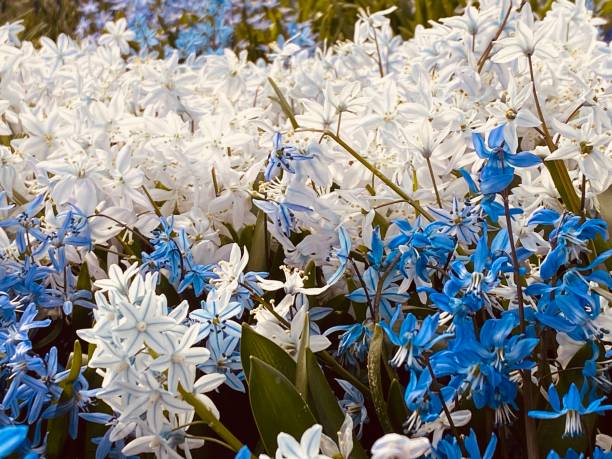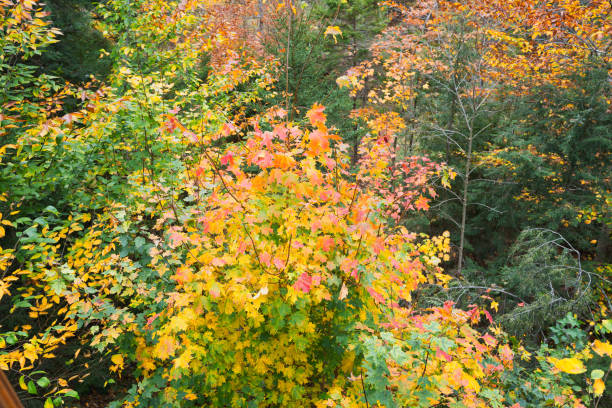Agapanthus or African Lilies are beautiful flowering plants that are used in gardens around the globe. Easy to grow and requiring little maintenance, they are great for adding color and texture
Day: March 21, 2024
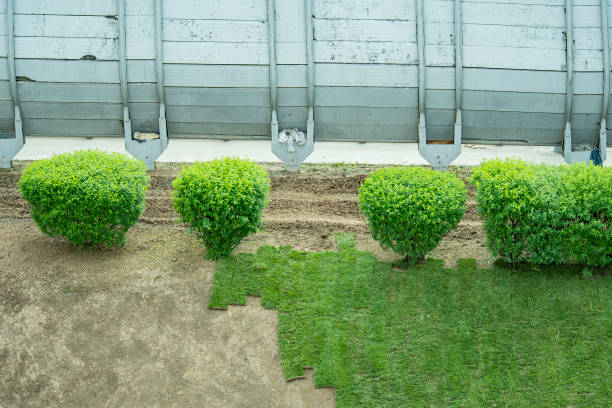
10 Low-Maintenance Outdoor Plants For Your Garden10 Low-Maintenance Outdoor Plants For Your Garden
You want to add greenery to the outdoor area of your home, but you don’t have time to maintain it. You’re in luck if you answered yes! You can grow a variety
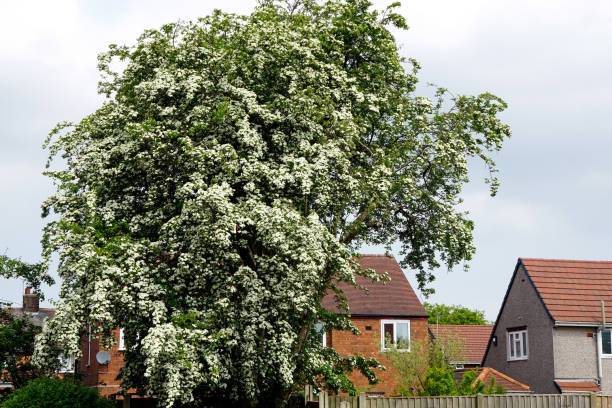
Myrtle Trees in the UK: A Complete Guide to Planting, Caring, and GrowingMyrtle Trees in the UK: A Complete Guide to Planting, Caring, and Growing
The evergreen myrtle tree is a beautiful shrub that will add elegance to any garden. The Mediterranean region is their native home, but they can also be grown in Britain. Myrtle
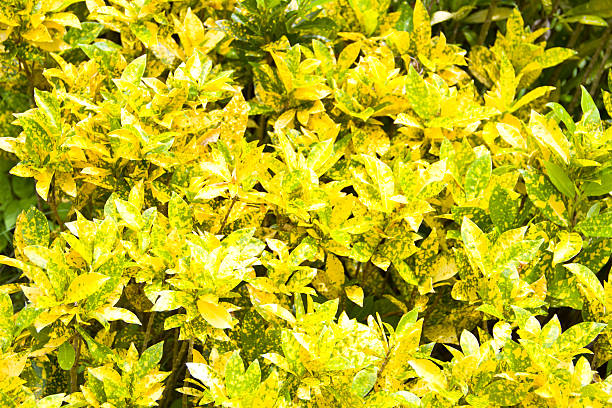
Mahonia Plants: A Comprehensive Guide to Growing and Caring for ThemMahonia Plants: A Comprehensive Guide to Growing and Caring for Them
Mahonia shrubs are known for their beautiful architectural shape, vibrant yellow flowers, and lush foliage. These plants, which are native to Asia and North America and have a year-round appeal, are
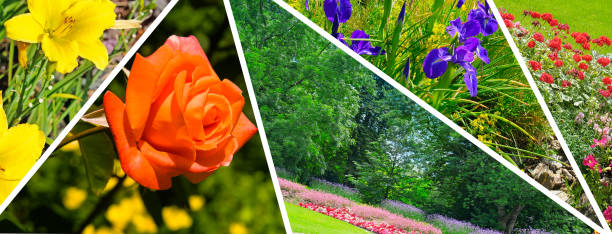
The Ultimate Guide to Flowering Garden Bushes: How to Choose, Plant, and Care for ThemThe Ultimate Guide to Flowering Garden Bushes: How to Choose, Plant, and Care for Them
Flowering Garden Bushes add color and texture to any outdoor space. They are low-maintenance and beautiful. It can be difficult to select the right bushes for your garden with so many choices. This
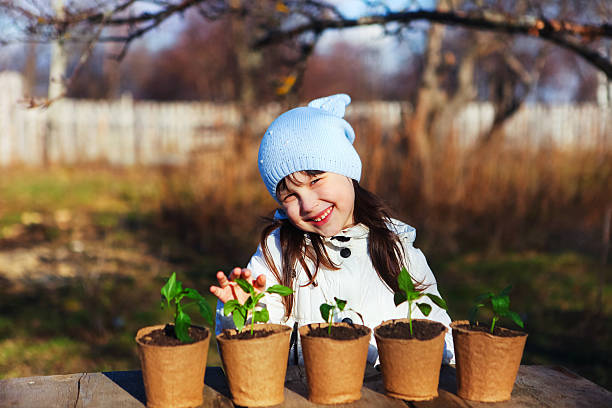
Go Planting: A Fun and Rewarding ActivityGo Planting: A Fun and Rewarding Activity
Looking for something fun to do over the weekend? Go planting! Planting is an excellent way to enjoy the outdoors, improve your environment, and get active. We’ll share some tips in this blog
